Cost per click (CPC) is an online advertising income model in which websites charge advertisers. Depending on how many time users click on a display ad attached to their website.
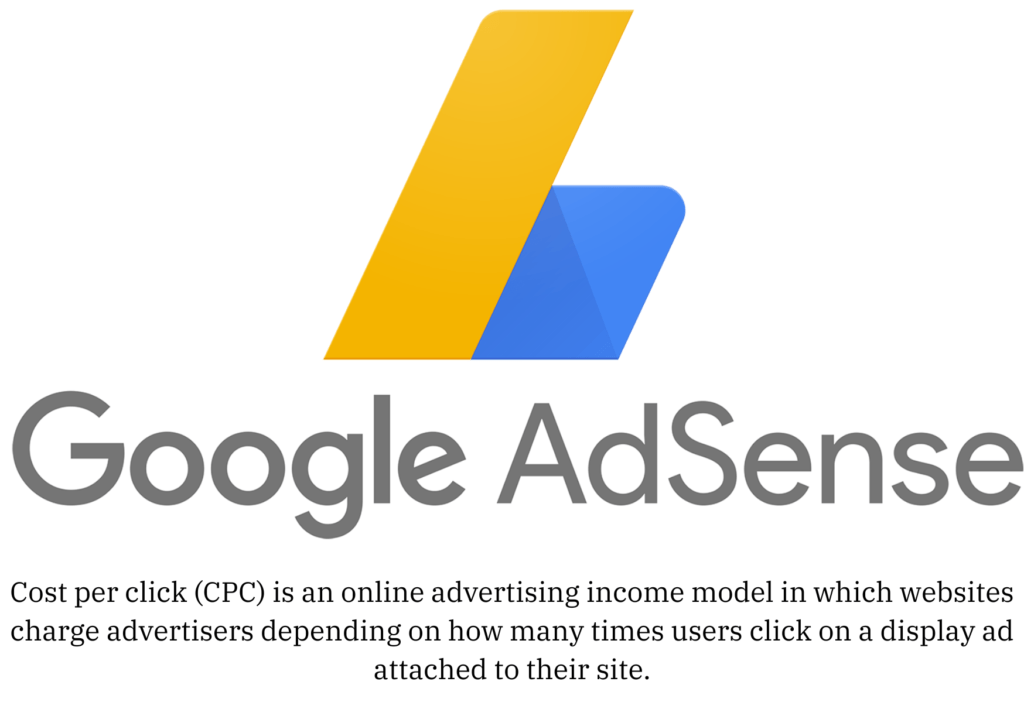
Advertisers frequently use cost per click with a fixed daily budget for a campaign. when the advertiser’s budget has been meet the ad is immediately removed from the website’s rotation for the balance of the billing month.
A website with a cost-per-click rate of $0.01 would charge an advertising $10 for 1000 click-throughs. Most publishers rely on a third party to connect them with ads.
Google ads is the largest of these entities, and it operates on the Google Adsense platform.
Table of Contents
What is the Average AdSense CPC ?
The CPC is computed by dividing the entire cost of your clicks by the total number of clicks by the total number of clicks. A click cost only the amount Advertiser are willing to pay through a bidding system. For example, Advertiser may bid up to $1 per click on Google Ads. The system uses algorithms to evaluate advertiser ads and charges advertiser no more than bid. However, there are certain limitations.
Why is my CPC on AdSense extremely low while my page views are high?
There are various reasons why your AdSense CPC (cost per click) may be low, even if you’ve been using the service for over a year. Here are some factors to consider:
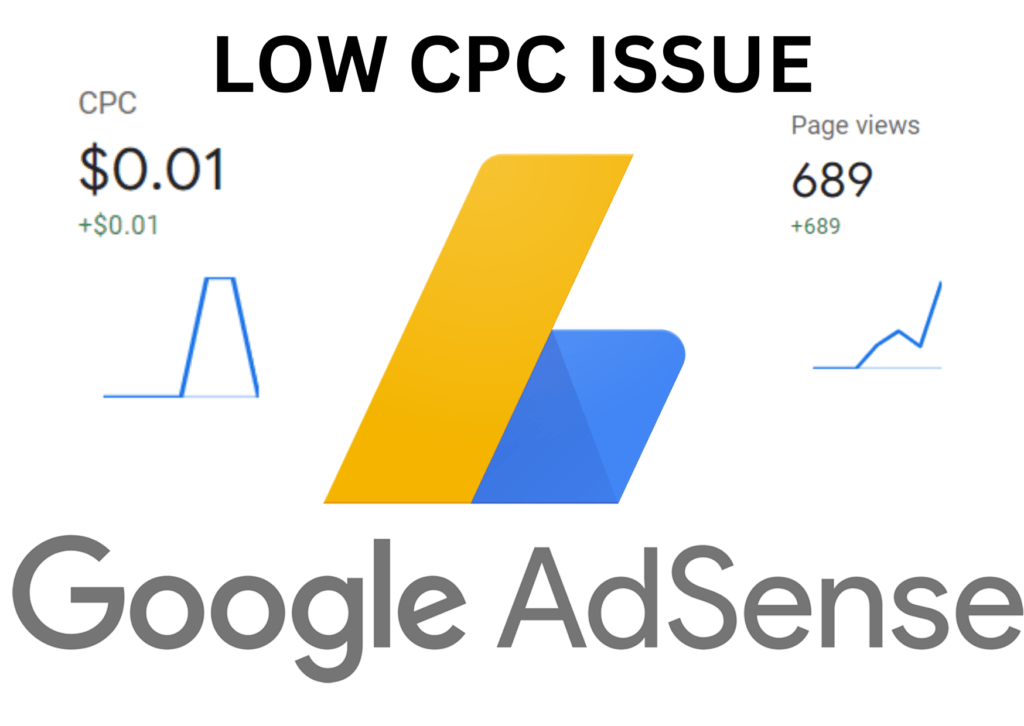
- If your website obtains low quality traffic or people who are uninterested in the ads shown on it, the CPC will be low. You might try to attract more relevant visitors by optimizing your website’s content and focusing on specific keywords.
- The placement and importance of your advertisements can influence the click-through-rate(CTR) as well as CPC. Make sure your ads are prominently displayed on your website and easily visible to visitors.
- The importance of the advertisement displayed on your website might influence CTR and CPC. AdSense uses contextual targeting to match advertising to your content is relevant to the ads that appear.
- Ads Format can also affect CTR and CPC, Experiment with numerous ad formats to determine which ones work best on your site.
- As you have already noted, the CPC varies substantially depending on your visitor’s geographical region. Consider targeting visitors from countries with higher CPC’S or try out ad targeting options like location or language targeting.
9 Tips to Improve Lower CPC(Cost Per Click) and Improve Ad Quality in Google Ads

The most common mistake i notice when people use AdSense as as monetization approach is that they forget it is a CPC-based network. You’re paid per click, not per impression.
1. Keyword Research and Targeting:
Use keyword research tools like as Google Keyword Planner, SEMrush, or Ahrefs to find keywords in your niche with high search volumes and CPC rates. Look for specialized long-tail Keywords with low competition yet high CPC potential. Use these keywords naturally in your content, titles, headers, and meta tags.
2. Optimize ad placement:
Experiment with different ad placement’s such as above the header, within content, a sidebar, or at the end of articles. Consider your website’s heatmap to determine where users are most likely to focus their attention and then place ads accordingly. To avoid disturbing visitors and possibly reduce CPC, balance ad visibility and user experience.
3. Quality Content Creation:
Focus on providing meaningful and entertaining content that speaks to your target audience. Conduct audience research to discover their requirements, interests, and issue areas, and then customize your content to meet them. High-quality content not only increases visitors but also convinces marketers to pay more for ad placements on your website.
4.Improve the website/user experience:
Compressing images, applying browser caching and limited HTTP queries can all help your website load faster. responsive and provides a consistent experience across multiple devices. Use easy navigation and sensible design to help users locate what they’re looking for.
5. Optimize Ad Units:
Test various ad size (e.g., leaderboard, skyscraper, rectangular) to determine which ones perform best on your website. Experiment with several ad type, including text, display, and native ads, to determine which ones are most effective for your target demographic. consider adsense auto ads, which automatically place and optimize ads on your website.
6. Use AdSense Experiments.
Create experiment in the Adsense dashboard to test various ad setting locations, and formats. Split your traffic into numerous variations and their performance to see which settings produce the highest CPC. Repeat and optimize continuously in response to the findings of these researches.
7. Block the low-paying categories:
Review the adsense dashboard on a regular basis to determine which ad categories provide lower CPC rates. Use the “Allow & Block Ads” tool to exclude ad categories that are unrelated to your target audience or have low CPC rates. Blocking these categories make sure higher-paying ads appear more frequently on your Website.
8. Optimize for a higher click-through rate (CTR):
Create interesting ad words that encourages viewers to click by highlighting unique selling features, rewards, or benefits. To encourage people to interact with advertisements, employ action-oriented language and explicit calls to action. Test various ad format ,colors, and styles to determine which ones generate the most clicks from your audience.
9.Diversify Traffic Sources:
Expanding your website’s traffic sources beyond organic search will help you reach more people . invest in social media marketing, email marketing , influencer partnerships, and other methods to increase targeted traffic to your website. Different traffic source may attract advertisers prepared to pay higher CPC rates, particularly if they target specific categories or demographic.
Note: By implementing these strategies and continuously monitoring your AdSense performance, you can improve your CPC over time and maximize your earnings from ad revenue.
What Is CTR?
CTR stands for Click-Through Rate. it is a metric used in online advertising to evaluate the success of an ad campaign or individual ad unit.
How CTR Calculated?
CTR is calculated the number of clicks an ad receives by the number of sessions it was shown (impressions), then multiplying by 100 to get a percentage.
Mathematically, the formula for CTR is:
CTR=(Impressions Divide Clicks)×100%.
For example, if an ad receives 100 clicks from 10,000 impressions, the CTR would be:
CTR=(10,000 Divide 100)×100%=1%
A higher CTR implies that a bigger percentage of users who viewed the ad clicked on it, implying that the ad is more engaging or relevant to the target audience. Advertisers frequently use CTR as a key performance indicator (KPI) to determine the success of their commercials and make decisions regarding ad placement, targeting, and creative content.
Which is zero competition and a high CPC keyword?
Identifying a keyword with zero competition and a high CPC might be difficult because most high-paying keywords are competitive. However, there may be specialized keywords with little competition but a high CPC due to their area of expertise and relevance to specific businesses or consumers.
1. Long-tail keywords in specialist sectors:
Keywords connected to specific industries or topics with low competition but great value to marketers can have a higher CPC. For example, “luxury yacht rentals in the Caribbean” may have less competition than broader phrases like “travels” or “vacation rentals,” yet it may still attract marketers ready to pay a premium to target wealthy customers seeking luxury experiences.
2. Location-specific keywords:
Keywords that target specific locations or regions with strong economic value may have reduced competitions and a higher CPC.
For Example, “Personal injury lawyer New York” may have less competition than broader legal phrases, yet it might still attract a high CPC due to the profitable nature of legal services in a major metropolitan area.
3. High-value service or product keywords:
Keywords for expensive products or services with strong profit margins may have a higher CPC. for example, “private jet charter” or “enterprise software” may face less competitions than more general phrases but they can attract advertisers prepared to pay a premium to reach potential high-value consumers.
Note: It is important to note that keyword competitiveness and CPC may vary depending on industry trends, seasonality, geographical location, and advertisers’ bidding methods. Conducting extensive keyword research and following trends in your specific niche might help you find high CPC keywords with potentially less competition.
If a particular keyword has higher search volume but their CPC is zero, then can we make revenue through AdSense? Is it worth it to work on that keyword?
If a keyword has a large search traffic but a 0.00 CPC (Cost Per Click), it indicates that advertisers are not bidding on the keyword or are bidding very low amounts, resulting in no revenue possibility through AdSense. In such circumstances, even if your website ranks high for that term and receives a lot of traffic, you will not make money from AdSense clicks.
However, this does not imply that the keyword is not worth targeting. Ranking for high-volume keywords, even if they have a low CPC, may provide additional benefits:
1.Traffic and Exposure:
Ranking well for high-volume keywords will increase your website’s visibility and potentially attract new visitors who will engage with your content or become regular users.
2.User Engagement:
High-volume keywords often indicate concepts that are popular or relevant to the audience you are targeting. By developing great content around these keywords, you can boost user engagement, raise brand awareness, and position your website as the primary source of information in the field you work in.
3.SEO Benefits:
Targeting high-volume keywords can boost your website’s SEO (Search Engine Optimization) performance. Even if you don’t earn money directly from AdSense clicks, ranking high for popular keywords can boost your website’s authority and visibility in search engine results pages (SERPs), resulting in increased organic traffic and potential revenue from other monetization methods or partnerships.
While AdSense may not be a practical revenue source for zero CPC keywords, there are other monetization strategies to consider. For example, you might promote affiliate products, sell digital products or services, or provide sponsored material that is relevant to your target audience.
Note: Before selecting whether to target a Zero-CPC keyword, examine your overall business objectives, the keyword’s relevance to your target audience, and the possibility for indirect benefits such as increased traffic and brand exposure. Explore various monetization tactics to maximize your website’s earning potential.



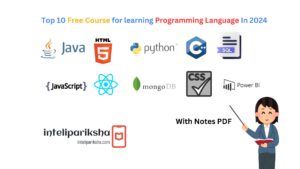
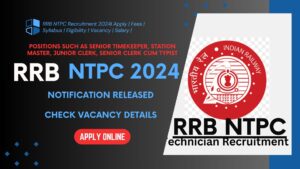
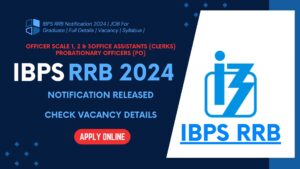



[…] Read More :-why adsense CPC show 0.00? […]